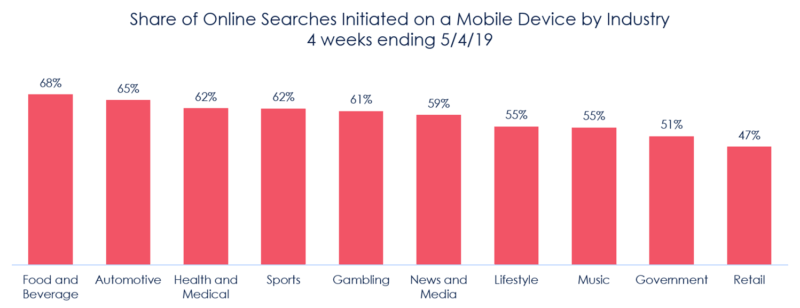Next year will mark the 20th anniversary of Google’s PageRank technology, and the birth of SEO. The content marketing landscape has changed quite a bit over that period. Strategies, technologies and consumer expectations have matured along the way.
Thanks to advances in analytics, machine learning and strategic thinking, I believe we’re entering a more sophisticated era of SEO. To support this theory, I’ve rounded up four recent articles from across the web that show how content marketing has and continues to become more refined.
Could Machine Learning Solve Attribution Challenges?
As digital marketing has grown up over the years, conflicts have arisen between sales and marketing teams. When these departments use disparate systems to track data and quantify its value to an organization, transparency gets lost.
Specifically, marketing stakeholders may struggle to accurately attribute wins to their digital efforts. This makes it difficult to justify budgets to leadership. But a pair of emerging technologies could soon change that.

Marketing Land contributor Jennifer Videtta reported that blockchain and machine learning tools may be able to help properly weight attribution models. Essentially, a machine learning algorithm can analyze buying patterns over time and establish which events influence those patterns. For example, the solution could track which marketing assets customers engage with prior to making a purchase. As sales and marketing teams become more integrated, this type of technology may prove essential in giving credit where credit is due.
Read the full story here.
Your Get-It-Done Guide to Content Creation Outsourcing
Building an effective content strategy and executing on that plan require two distinct skill sets. The prominence of marketing agencies in today’s market proves that creative and strategic talent are necessary for companies to achieve their customer outreach goals.
But how do companies determine which marketing processes to outsource? Some companies may prefer to strategize in-house and then outsource the actual production of content. Other organizations may need a third-party consultant to help them position their brand in the ever-changing marketplace.
The decision to outsource content creation necessitates careful consideration of many moving parts, often requiring buy-in from more than one internal stakeholder. To help companies find the best outsourcing strategy for their unique needs, the Content Marketing Institute recently published a detailed guide. In it, Jodi Harris explains how to communicate needs to an outsourced agency as well as how to work with content writers and designers.
Get the full guide here.
Google Shares Top 3 SEO Factors
Search Engine Journal reported that Google recently launched a new video series called SEO Mythbusting, and its first episode revealed the answer to a question SEO professionals have been asking for years: What are the top ranking factors?
Previously, Google has kept this answer a secret, simply saying that it uses more than 200 ranking factors and signals to determine which links are most relevant to user search intent. But when asked directly about the top three ranking factors, Google Webmaster Trends Analyst Martin Splitt gave an answer that, though surprising in its frankness, won’t shock our regular CMW readers: It’s content.
“You have to have really good content,” Splitt said. “And that means you have to have content […] that serves a purpose for the user. It’s something that users need and/or want. Optimally they need it and want it, like ice cream. So if your content says where you are, what you do, how you help me with what I’m trying to accomplish, that’s fantastic.”
Splitt also noted that keywords, though still important, should not drive content production. Instead, he recommended focusing on the words and phrases readers are actually typing into Google.
“So you want to make sure to serve the purpose of the people who you want to attract and get who you want to interact with your content and you want to make sure that you’re using words that I would be using. If you use a very specific term for your ice cream – let’s say like Smooth Cream 5000 – I’m not going to search for that, because I don’t know it. I’m just going to [be] like, ‘I need ice cream.’”
Find out the other two ranking factors here.
Mobile, Desktop Search Traffic Split May Have Stabilized at Roughly 60%-40%
In 2015, Google announced that mobile search accounted for 50% of all search traffic in several countries, including the U.S. Since then, mobile’s share of search traffic has increased steadily, and various outlets have speculated on just how high that figure will rise.
Search Engine Land contributing editor Greg Stirling reported that the upward trend of mobile search may be reaching its peak, leveling out 20% higher than desktop search. In fact, recent research into ten verticals shows that mobile queries range between 52% and 70% of total search volume.

If desktop and mobile search have reached a state of homeostasis, it means marketers will have to pay more attention to engagement metrics to determine their future media planning strategies.
Read the full report here.
If your marketing efforts aren’t evolving alongside these industry trends, your content may look immature next to that of your competitors. So do yourself a favor, and take time to reflect on the lessons we’ve learned over the past 20 years before diving into your next campaign.





